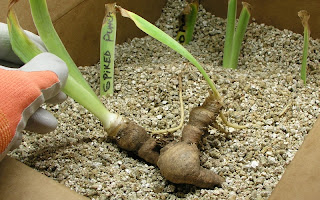Jul . 29, 2024 03:36 Back to list
Wholesale Production of Steel from Iron Ore Utilizing Efficient and Sustainable Methods
The Wholesale Steel Making Process from Iron Ore
Steel is an essential material in various industries, including construction, automotive, and manufacturing. The production of steel largely depends on the extraction and processing of iron ore, a naturally occurring mineral that is abundant in the Earth's crust. In this article, we will explore the wholesale steel-making process from iron ore, detailing the steps involved, the technologies used, and the significance of this vital industry.
The journey from iron ore to steel begins with mining. Iron ore is extracted from the earth through two primary methods open-pit mining and underground mining. Open-pit mining involves removing layers of soil and rock to access the ore beneath, while underground mining involves creating tunnels to reach deep deposits. The ore is then collected and transported to processing facilities.
The Wholesale Steel Making Process from Iron Ore
The concentrated iron ore is then subjected to smelting, which is the process of extracting metal from its ore by using heat and a chemical reducing agent. In traditional methods, iron ore is combined with coking coal in a blast furnace. The coke burns at high temperatures, producing carbon monoxide, which reacts with the iron oxide in the ore to yield molten iron and carbon dioxide. This process not only produces pig iron but also generates significant amounts of energy and by-products that can be recycled in the process.
wholesale steel making from iron ore

The next stage is the conversion of pig iron to steel. This transformation typically occurs in either a basic oxygen furnace (BOF) or an electric arc furnace (EAF). In a BOF, molten pig iron is mixed with scrap steel and oxygen is blown into the mixture to reduce the carbon content, producing steel. Conversely, EAFs use electrical energy to melt scrap steel and directly convert it into new steel. Both methods allow manufacturers to control the composition and quality of the steel produced.
After conversion, the molten steel is cast into various shapes and sizes, such as slabs, billets, or blooms, depending on the intended use. This process, known as continuous casting, helps produce uniform products that are easier to handle and further process. Following casting, the steel undergoes different finishing processes, which can include rolling, forging, and heat treatment to enhance its mechanical properties.
The wholesale steel-making industry has a profound economic impact globally, providing essential materials for infrastructure development and economic growth. As industries push towards more sustainable practices, the steel making sector is also adapting by investing in technologies that reduce carbon emissions and improve energy efficiency. Innovations such as hydrogen-based direct reduction processes and carbon capture and storage systems are paving the way for a greener future in steel production.
In conclusion, the wholesale steel-making process from iron ore is a complex and energy-intensive endeavor that plays a crucial role in modern economies. As the demand for steel continues to rise, especially in developing regions, understanding this process and its environmental implications will be vital for fostering sustainability in the industry. With ongoing advancements in technology and a commitment to reducing carbon footprints, the steel industry can evolve to meet the challenges of the future while maintaining its essential role in global development.
-
Fe-C Composite Pellets for BOF: Enhance Steelmaking Efficiency
NewsAug.07,2025
-
Eco-Friendly Granule Covering Agent | Dust & Caking Control
NewsAug.06,2025
-
Fe-C Composite Pellets for BOF: High-Efficiency & Cost-Saving
NewsAug.05,2025
-
Premium Tundish Covering Agents Exporters | High Purity
NewsAug.04,2025
-
Fe-C Composite Pellets for BOF | Efficient & Economical
NewsAug.03,2025
-
Top Tundish Covering Agent Exporters | Premium Quality Solutions
NewsAug.02,2025
